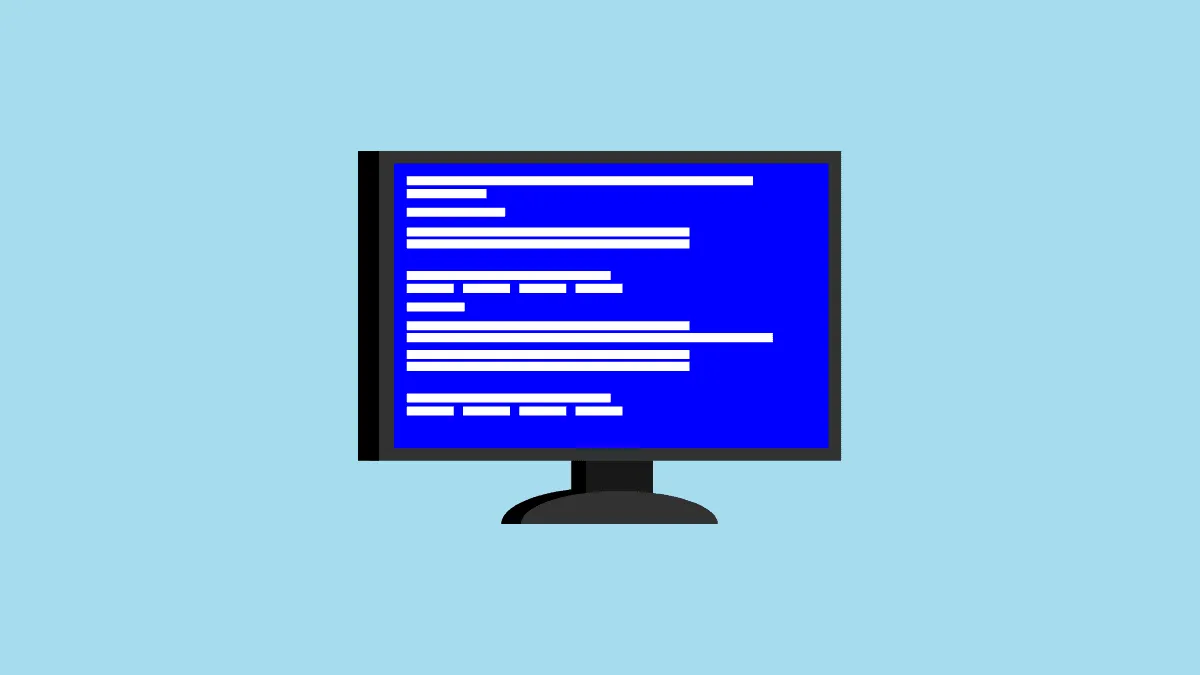Don’t you ever feel like Blue Screen of Death (BSOD) errors are mostly encountered right when you are in the middle of something important? There’s no empirical evidence to support it, although we all agree that BSOD errors ruin the flow of work. One of the BSOD errors that we often encounter on Windows 10 is ‘Thread Stuck in Device Drivers’. In the following sections, we will discuss the error and the various effective fixes to resolve it.
What is ‘Thread Stuck in Device Drivers’ Error?
The error is encountered when a driver enters an endless loop while waiting for the related hardware to go into the idle state. This error is caused by faulty or corrupt drivers and can be easily fixed. Also, the error is categorized under BSOD, since the system crashes and a blue screen is displayed when the error is encountered with the error message ‘Thread Stuck in Device Drivers’ at the bottom.
We have listed out fixes in the following sections to help resolve the error on your system. Follow them in the sequence that they are mentioned for a quick resolution.
1. Update Windows
If you are encountering the ‘Thread Stuck in Device Drivers’, it might be due to a bug in the Windows. There is a good chance that the bug is fixed in the recent Windows update. To fix the error, all you have to do is update the Windows.
To update the Windows, press WINDOWS + I to launch the system ‘Settings’, and then click on the ‘Update & Security’ option.
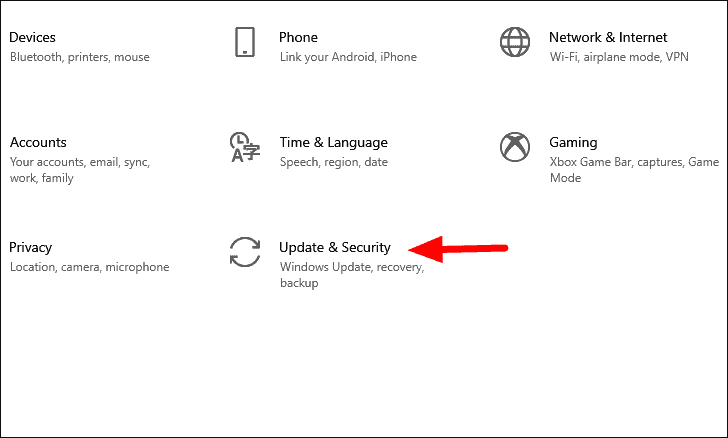
The ‘Windows Update’ tab will open by default in the ‘Update & Security’ settings. Now, click on the ‘Check for updates’ option on the right to scan for the available updates.

If there are any available updates, they will be installed and download to your computer. After the update is completed, check if the error is fixed. If not, move to the next fix.
2. Update Driver
As already mentioned, the error can be encountered due to outdated drivers. Therefore, updating the driver will fix the error. But, how do you identify which driver to update?
First, locate the drivers with a yellow warning sign as it’s an indication that the driver is malfunctioning. If you don’t find one with the warning sign, start with the ‘Graphics’ driver and then the ‘Sound’ driver, as they are most commonly found to be leading to the error. If it doesn’t work, try updating the ones that you feel might behind the ‘Thread Stuck in Device Drivers’ error, based on your experience and understanding.
To update the driver, search for ‘Device Manager’ in the ‘Start Menu’, and then launch the app from the search results.
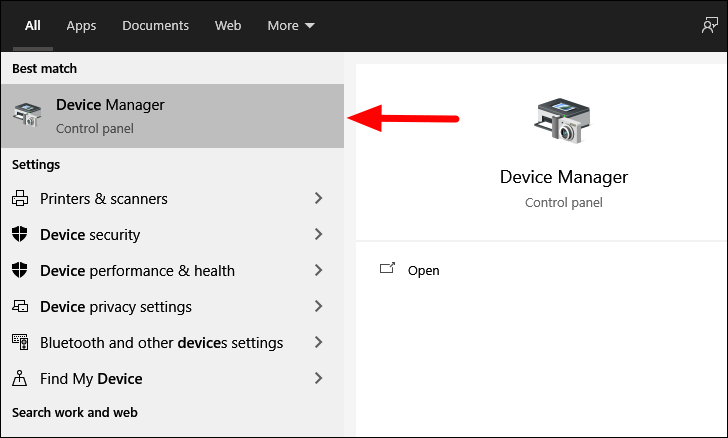
In the ‘Device Manager’ look for the ‘Display adapters’ option, and then double-click on it to expand and view the drivers under it.
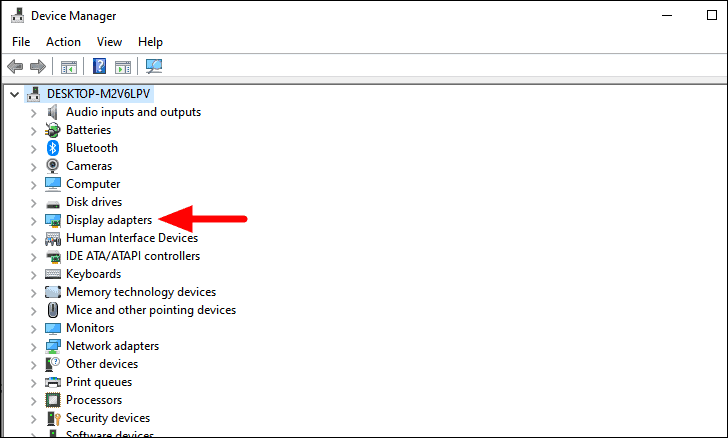
Next, right-click on the graphics driver and select ‘Update driver’ from the context menu.
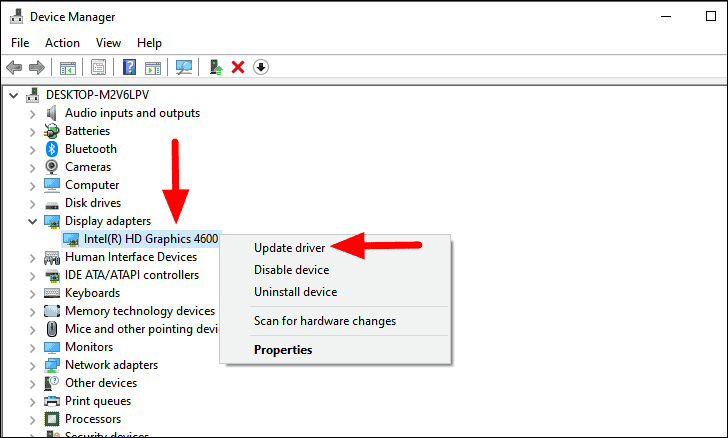
The ‘Update Drivers’ window will now launch. You will be provided two options, either to let Windows search for the best available driver on the system or install the driver manually. It’s recommended that you choose the first option since it’s a lot safer.

There’s a chance that Windows might not be able to find a driver, although a newer version of it is available. In that case, you will have to install it manually. To do that, you first need to find the version of the current driver.
To find out the current driver version, right-click on the driver and select ‘Properties’ from the context menu.

In the driver properties box, navigate to the ‘Driver’ tab and you will find the ‘Driver Version’ listed at the top.
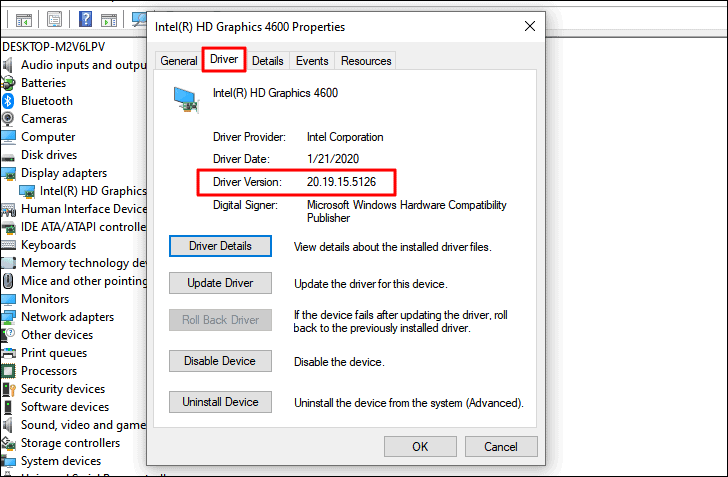
Now search the web for the driver in question, using the ‘Computer Model’, ‘Operating System’ and ‘Driver Name’ as the keywords, and then download the driver from the manufacturer’s official website. After you have downloaded the driver, follow the steps above to update the driver but select the ‘Browse my computer for drivers’ option and then install the driver by following the on-screen instructions.
3. Uninstall Recent Apps
If you have been encountering the error ever since you installed a program or an app, it’s time you uninstall it. There’s a high possibility that the app is conflicting with the functioning of Windows, thus leading to the error.
If you install a lot of apps on your computer, pinpointing a particular app might be difficult. But, if you remember the time you first encountered the error, make a list of apps that you installed during that period. When you have a list ready, start uninstalling them one at a time and check if the ‘Thread Stuck in Device Drivers’ error is fixed.
To uninstall an app, press WINDOWS + R to launch the ‘Run’ command, enter ‘appwiz.cpl’ in the text box, and then either press ENTER or click on ‘OK’ at the bottom to launch it.

You will now see the list of apps installed on your system. Select the one that you think might be causing the error and click on ‘Uninstall’ at the top. Follow the on-screen instruction to complete the uninstall process.
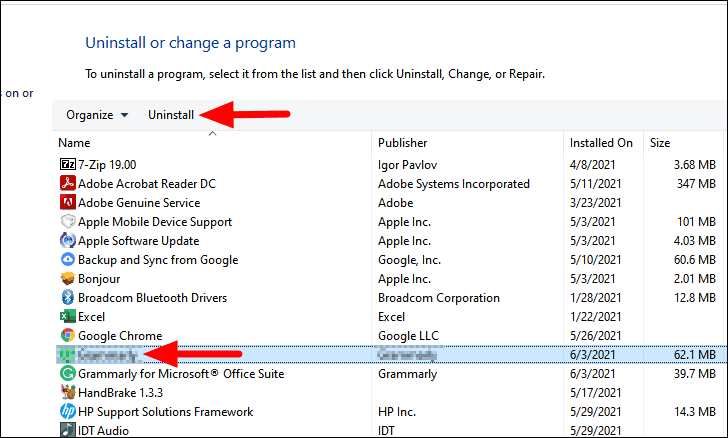
After the app is uninstalled, restart the computer and check if you are still encountering the error. If not, start uninstalling the other apps that were on your list.
4. Run SFC Scan
The SFC scan identifies the corrupt system files and replaces them with a cached copy stored on your system. If you are encountering the error due to a corrupt system file, running the SFC scan will fix it for you.
To run an SFC scan, search for ‘Command Prompt’ in the ‘Start Menu’, right-click on the search result, and then select ‘Run as administrator’ from the context menu.

In the ‘Command Prompt’ window, type or paste the following command and press ENTER to execute it.
sfc /scannowThe scan will start instantly and you will be notified of the same in the command prompt itself.

The scan will take a couple of minutes to complete and may appear stuck at times. But, do not end the scan and let it complete. After the scan is completed, you will be informed if any corrupt files were found and replaced. Now, restart your computer and check if the error is fixed.
5. Run DISM Tool
If the ‘SFC scan’ didn’t fix the ‘Thread Stuck in Device Drivers’ error, you can always go for the DISM (Deployment Image Servicing and Management). It’s a tool that checks the health and repairs any problems that are found with the operating system you are currently logged in to.
To run the DISM tool, launch the ‘Command Prompt’ with ‘Administrator’ access as discussed in the last fix. Now, enter the following command one at a time and press ENTER to execute them.
Dism /Online /Cleanup-Image /CheckHealthDism /Online /Cleanup-Image /ScanHealthDism /Online /Cleanup-Image /RestoreHealth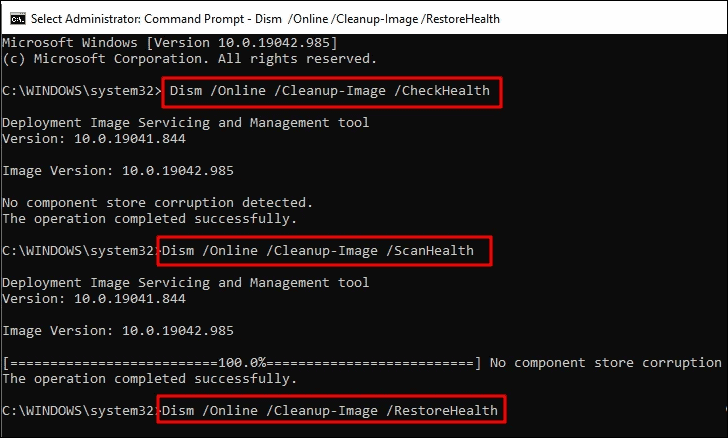
After you have executed the three commands, restart the computer and check if the error is fixed.
6. Update BIOS
In some cases, it might be the BIOS that’s causing the ‘Thread Stuck in Device Drivers’ error, hence updating the BIOS might fix the problem. However, updating the BIOS is a time-consuming process, and any error while updating it can render your computer useless. Therefore, you must proceed with great caution. Also, before you update the BIOS, search the web as to whether updating the BIOS will fix the error in your case. If not, move to the next fix.
You will first have to check the current BIOS version, download the BIOS file from the web, and then update the BIOS. After you have updated it, check if the error is fixed.
Note: Updating the BIOS is an intricate process and you must do a thorough research before proceeding with it.
7. System Restore
If none of the above fixes have worked to fix the ‘Thread Stuck in Device Drivers’ error, it’s time you opt for ‘System Restore’. With this, you can take your Windows back in time, when the error did not occur. System restore does not remove the files on your computer, however, it might remove some programs or change the settings.
After you have run ‘System Restore’, the BSOD error will be fixed and you wouldn’t encounter it anymore.
We all encounter various errors on Windows 10, but with the right set of fixes, you can resolve most of them as we did with the ‘Thread Stuck in Device Drivers’ error. After the error is fixed, you can continue working on the system with peace of mind, and not wondering when you might encounter it the next time.

